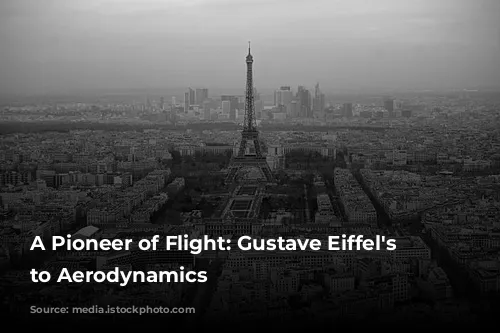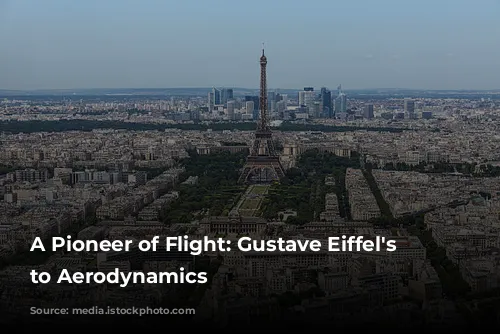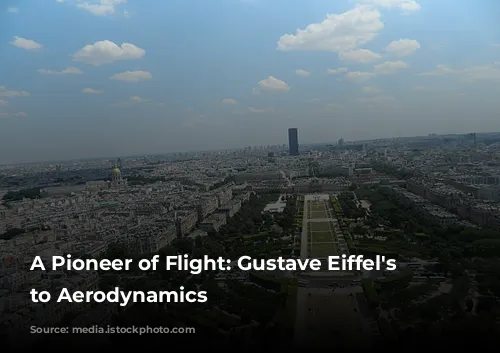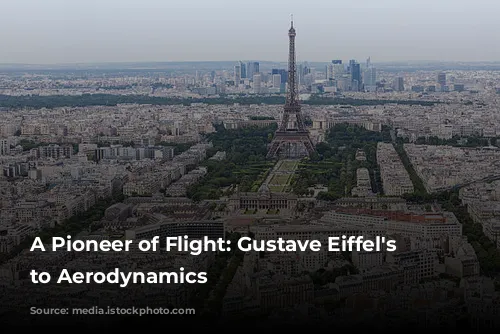Gustave Eiffel, a renowned French engineer most famous for his iconic Eiffel Tower, dedicated a significant portion of his later career to the fascinating field of aerodynamics. His pioneering work, particularly in wind tunnel design and experimentation, helped lay the foundation for modern aviation.
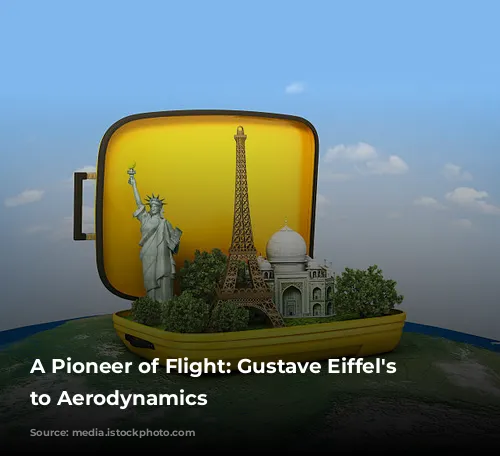
From Bridges to Wind Tunnels: A Legacy of Innovation
Eiffel’s early years were marked by his exceptional engineering skills. After graduating from prestigious Parisian institutions, he tackled diverse projects, including bridges and the Statue of Liberty. His most monumental achievement, however, was the construction of the Eiffel Tower in 1887-1889. This awe-inspiring structure, built for the 1889 World’s Fair, served as more than just a landmark; it became the site of Eiffel’s initial foray into the science of flight.
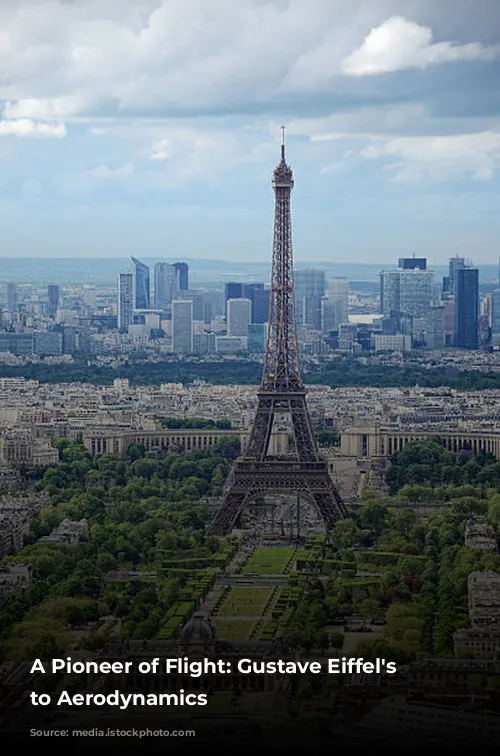
The Eiffel Tower: A Launchpad for Aerodynamic Research
In 1903, Eiffel began conducting drop tests from the tower, meticulously studying the air resistance of falling objects. These experiments led him to develop an innovative instrument for measuring drag, marking his early contributions to aerodynamics.

Transforming Wind Tunnel Design: The “Eiffel Method”
Eiffel’s fascination with air resistance propelled him to construct a wind tunnel in 1909 at the Champ-de-Mars, adjacent to the tower. This facility, powered by the tower’s electrical generator, featured a revolutionary design. It boasted an enlarged space with a column of air flowing freely through the center, minimizing interference with the air except that caused by the object being tested. This novel approach, later dubbed the “Eiffel method“, stood in contrast to the traditional “tunnel method“, significantly improving the accuracy of wind tunnel experiments.

Unraveling the Mysteries of Lift
Through his meticulously designed wind tunnels, Eiffel conducted groundbreaking experiments, yielding significant insights into the forces acting on objects in flight. His research provided compelling evidence for the crucial principle of lift generated by airfoils, demonstrating how the pressure of air is reduced above the airfoil, creating an upward force.
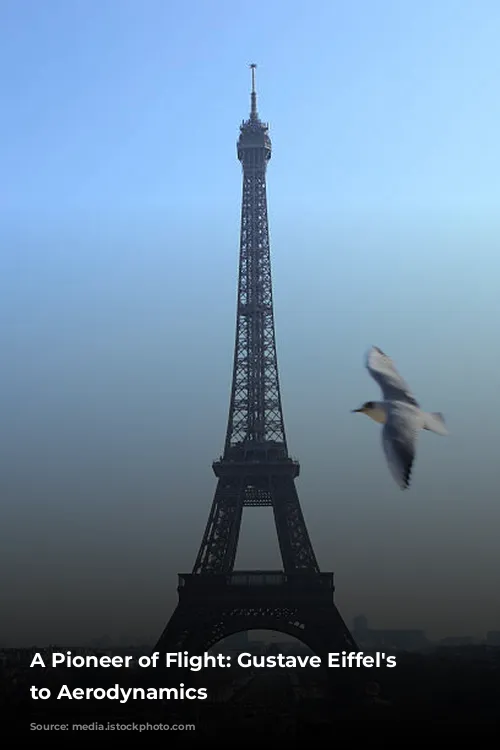
Leading the Way: Airplane Testing and Beyond
Eiffel’s contributions extended beyond theoretical understanding. He was the first to test models of complete airplanes in his wind tunnels, establishing a direct connection between test data and the performance of full-scale aircraft. This pioneering work solidified his role as a true pioneer in the field of aerodynamics.

Expanding the Frontiers of Research
Eiffel’s commitment to advancing the science of flight was evident in his continuous pursuit of improvement. He established a second, even larger wind tunnel in Auteuil, southwest of Paris, further enhancing his research capabilities.
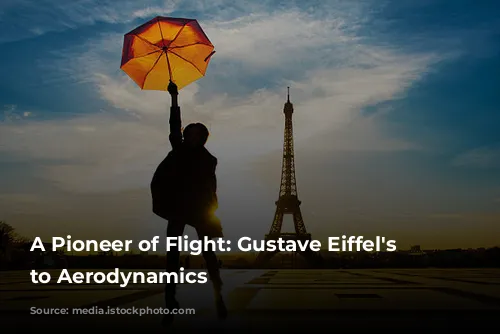
A Lasting Impact: Patents and Publications
In 1912, Eiffel patented the “diffuser“, a critical component of his innovative wind tunnels. His research findings were disseminated through numerous publications, including his groundbreaking work “Resistance de l’air et l’aviation: Expériences effectuées au Laboratoire du Champs-de-Mars” (Resistance of Air and Aviation: Experiments Conducted at the Champ-de-Mars Laboratory), translated into English in 1913.
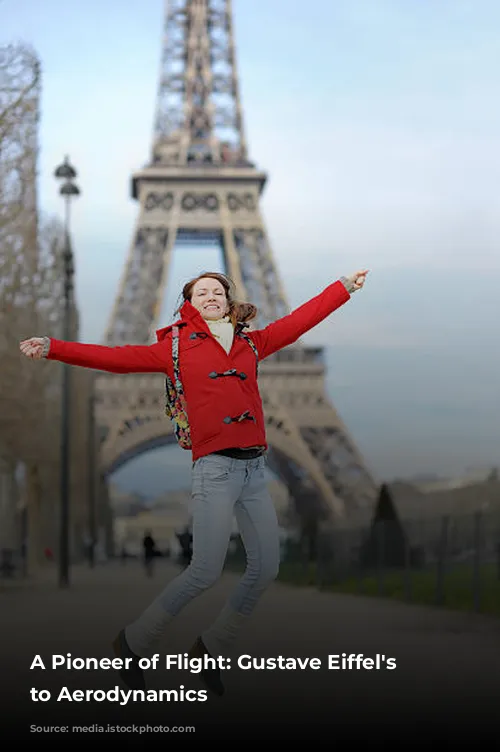
Conclusion
Gustave Eiffel’s legacy extends far beyond his iconic tower. He was a visionary engineer whose passion for aerodynamics led to groundbreaking advances in wind tunnel design and understanding of air resistance. His meticulous research paved the way for the development of modern aviation, solidifying his place among the pioneers of flight. His contributions continue to inspire engineers and scientists today, reminding us of the power of curiosity and relentless pursuit of knowledge in driving scientific progress.


